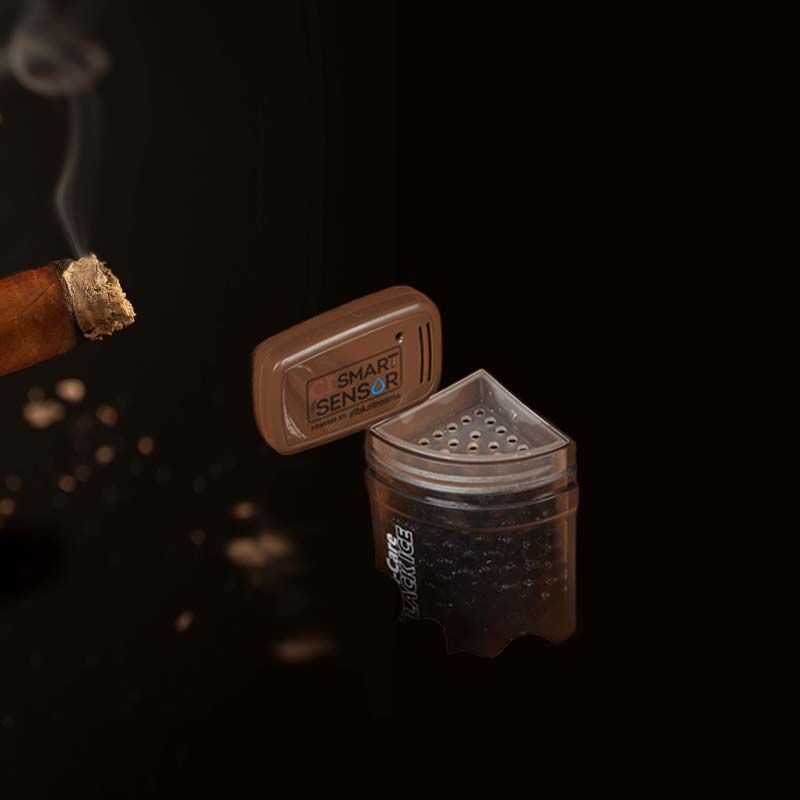How do you fix a butane torch that won't ligh
Introduction to Fixing Your Butane Torch
I remember the frustration I felt when my butane torch refused to light. It was just after I had settled down with a fine cigar, and my enjoyment quickly turned to disappointment. I realized I wasn’t alone; many people face this frustrating situation. In this article, I’ll share how to troubleshoot and repair your butane torch, so you can get back to enjoying those moments that matter.
Common Reasons for a Butane Torch Not Lighting
There are several reasons a butane torch may fail to ignite. Here are the most common issues I’ve encountered:
- Low or empty butane fuel.
- Clogged jets.
- Faulty igniter.
- Blocked fuel cylinder.
- Air trapped in the fuel line.
Use High-Quality Butane
One of the key aspects of ensuring your butane torch functions properly is the quality of fuel you use.
Benefits of Quality Fuel
- Consistent Burn: High-quality butane offers a more stable and hotter flame.
- Reduced Clogs: Better refinement means fewer impurities that can clog the jets.
- Improved Longevity: Quality fuel helps extend the life of your torch.
Check the Flame
If your torch has some flame but isn’t functioning as it should, it’s time to inspect the flame output.
Understanding Flame Behavior
A proper flame should burn brightly and steadily, showing no signs of sputtering or flickering. If you’re dealing with an irregular flame, it indicates there may be an obstruction or issue in the torch’s mechanism.
Check the Flint
Flint is crucial for the ignition of your butane torch; without it, you’ll find yourself in the same predicament repeatedly.
Inspecting the Flint for Damage
I often recommend checking the flint. If it’s worn down or missing, simply replacing it should resolve the issue. It can be a straightforward fix that gets your torch back in action.
Check for a Hissing Sound
If your torch makes a hissing sound but won’t ignite, you might have a gas leak.
Identifying Gas Leaks
A hissing noise typically points to a leakage; inspect all joints and seals for potential gas leaks. If you smell butane, it’s essential to stop using the torch immediately and diagnose the issue safely.
Bleed the Tank Before Refilling
When refilling your butane torch, improperly executed refills can lead to air trapped in the tank.
Steps for Proper Bleeding
- Hold your torch upside down and press the refilling valve until no more gas escapes.
- Wait a few seconds, then refill the tank.
Wait for Your Lighter to Warm Up After Refilling
After filling your butane torch, it’s advisable to let it warm up before igniting it.
Why Warming Up is Important
Warming up helps the fuel vaporize correctly, leading to a stronger and more reliable flame when you ignite. If you skip this step, you may find yourself facing an uphill struggle in getting it to light.
Clean the Jets
Clogged jets are common culprits behind a misbehaving torch.
How to Properly Clean the Jets
Using a fine needle, gently insert it into the torch’s jet openings to clear any obstructions. A thorough cleaning can mean the difference between a frustrating experience and a smooth, reliable flame.
Troubleshooting The Igniter
If the torch sparks but doesn’t ignite, there may be issues with the igniter.
Common Igniter Issues
Sometimes the igniter doesn’t strike properly or is out of alignment. Following these troubleshooting steps can help pinpoint and resolve the igniter’s issues.
Troubleshooting The Fuel Cylinder
Another area that often requires inspection is the fuel cylinder.
Checking for Blockages
Blockages in the fuel cylinder can hinder the flow of butane. Ensure that the cylinder is free of any debris or buildup that could restrict the fuel from flowing.
Troubleshooting Cleanliness
Cleanliness is a critical but overlooked aspect of maintaining your butane torch.
Keeping Your Torch Clean
Regular cleaning of the outside and mechanical parts will not only enhance the look of your torch but also its performance. A little maintenance goes a long way in ensuring longevity.
Find Your Fire
Achieving a consistent flame is often about coordination between multiple factors.
Techniques for Achieving a Consistent Flame
When lighting your torch, light it away from your body, and ensure you’re in an area free from wind. Adjust the flame height to suit the task at hand for optimal control.
Tips for Maintaining Your Butane Torch
Keeping your torch in peak condition means following some essential care routines.
Long-term Care and Maintenance
Beyond deep cleaning, always store your torch in a cool, dry place and avoid overfilling it. Simple practices can prevent issues and extend its life significantly.
Conclusion
Fixing a butane torch that won’t light can sometimes feel like more trouble than it’s worth. However, with patience and proper troubleshooting, you can breathe new life into your torch. Just remember, every great moment deserves the perfect light.
Final Thoughts on Torch Troubleshooting
Don’t let a faulty torch ruin your experience. Invest time in understanding and caring for your tool, and it will serve you well for years to come.
FAQ
Why is my butane torch not igniting?
If your butane torch isn’t igniting, it could be due to several issues such as low fuel, a faulty igniter, or clogged jets. Start by checking these common culprits.
Why is my torch hissing but not lighting?
A hissing sound often indicates a gas leak. If you hear this, check for leaks around the fuel lines or seals before attempting to light the torch again.
How do you fix a butane lighter that sparks but won’t light?
If your butane lighter sparks but doesn’t ignite, you might need to check the fuel level, clean the jets, or see if the igniter is malfunctioning.
How do you clear a clogged butane torch?
To clear a clogged butane torch, use a fine needle to gently clean the jet openings. Ensure the torch is emptied and suitable to work on to avoid any accidents.

















